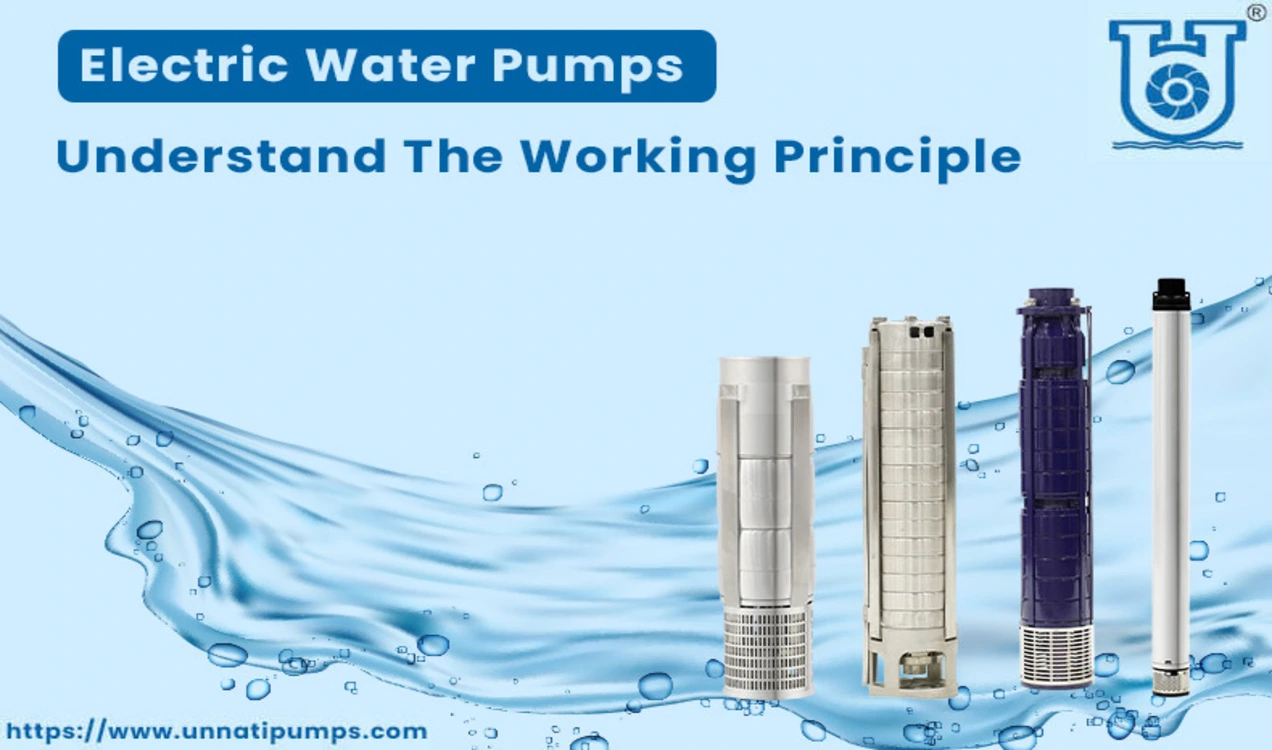An electric water pump is a kind of equipment that may be used for a variety of purposes to perform a straightforward activity, which is the movement of Fluid from one location to another.
Electric water pumps are gradually replacing more conventional mechanical water pumps in markets throughout the world as a result of their superior performance, efficiency, and accuracy. This trend may be attributed to the benefits offered by electric water pumps.
In this article, we will continue our discussion on some of the myths and facts about electric water pumps in the business sector all over the globe, as well as the primary uses for these pumps.
Single Point of Operation:
Pumps are only ever intended to be used at a single point of operation. The best efficiency point, or BEP, is the hydraulic condition in which there is one point of head and flow. This point is also known as the best operating point.
Every other point on the published set of curves is only a compromise for the sake of business. For the vast majority of end users, having a pump specifically designed and constructed to accommodate their one-of-a-kind combination of hydraulic conditions would be prohibitively expensive.
Taking Care of the Pump Curve:
When a pump curve given by the manufacturer reaches a certain point of flow and head and then stops, there is a valid explanation for it. Do not activate the Pump at the end of the curve; the manufacturer would have extended the curve if there was more performance that could be obtained from the curve beyond that point if there was more performance to be achieved. Performance problems are almost certain to arise if you try to operate at or near the end of the curve.
Flowing of Water in the Same Direction:
Even if the Pump is turned around, the water will still flow in the same direction. Despite this, the flow will continue to enter the suction and leave the discharge nozzle. Because of the Pump’s much lower efficiency, the flow and head will be decreased by a large amount, the exact amount depending on the precise speed (Ns) of the Pump (think about the shape of the impeller).
Speed of Electric Water Pump:
When it comes to pumps with a lower specific speed, the flow will be around half of what is claimed, while the head will be approximately 60 percent of what is rated. When an American National Standards Institute (ANSI) pump is operated in the opposite direction than normal, the impeller will get dislodged from the shaft and become wedged within the casing.
The gravity of the Pump:
It is not possible to release air from the impeller eye of a pump that is currently in operation. Because a pump is analogous to a centrifuge in many respects, the water that has a higher specific gravity is forced out to the Pump’s outer diameter, while the air that has a lower specific gravity is retained in the Pump’s middle or core. In order to ensure that the venting is done correctly, the Pump needs to be stopped. Pumps that have discharges that are centered on the axis of rotation are essentially self-venting.
NPSHr Value:
The NPSHr value is decided solely by the manufacturer of the Pump and has nothing to do with the system. NPSHa is unrelated to the Pump and is something that the system owner or end-user should figure out on their own or calculate for themselves.
Formation of Vapor Bubbles:
The formation of vapor bubbles in a fluid stream due to a drop in pressure that is lower than the vapor pressure of the Fluid is known as cavitation. Due to the fact that the pressure in this region of the system is typically the lowest throughout the system, the formation of the bubbles typically takes place directly in front of the eye of the impeller. As the bubbles continue to travel downstream, they eventually enter a region with higher pressure, which causes the bubbles to burst. The impeller of the Pump sustains damage as a direct result of the collapse of the bubble.
The setting of the specific speed of the Pump:
It should come as no surprise that operating lower and middle-specific speed pumps further out on the curve necessitates a greater horsepower rating for the pumping system. When it comes to pumps with a high specific speed (axial flow), the higher flow rates will call for a higher horsepower rating. Because of this, it is typical practice to begin the operation of these kinds of pumps with the discharge valve in the open position so as to avoid overloading the driver.
Using “N”:
The specific speed, often known as Ns, is a tool that engineers and designers use to analyze the performance and geometry of an imaginary impeller. If the impeller has a low specific speed, the flow will enter the impeller parallel to the centerline of the shaft, and it will exit the impeller at a right angle to the centerline. An impeller with a medium-specific speed will have its entrance aligned perpendicular to the shaft, while its exit will be angled at 45 degrees to the centerline.
The viscosity of the Fluid:
Unless specified differently, the pump performance curves provided by manufacturers assume that the water is clean and around 65 degrees Fahrenheit. They will not be adjusted to account for the viscosity of the Fluid. There is no guarantee that the claimed horsepower accounts for factors such as specific gravity or viscosity.
Conclusion:
Electric water pumps do, in fact, offer a broad range of access to a variety of applications in a great number of various sectors. You may visit the website of Unnati Pumps for further details on electric water pumps and sample items.


